
Welcome to the Experian Thought Leadership Hub
Gain insights into the fast-changing world of consumer and business data through our extensive library of resources.
371 resultsPage 1
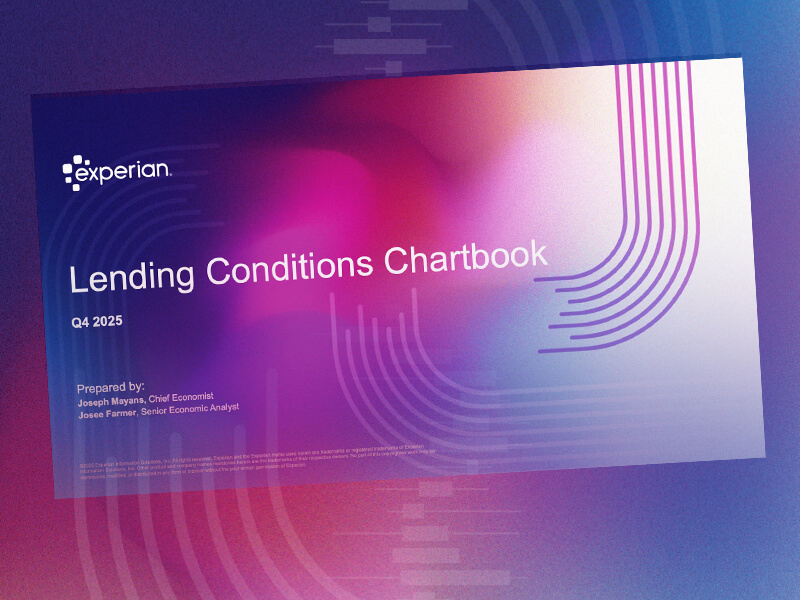 Report
Report
Despite tariff headwinds in 2025, the U.S. economy exceeded expectations and is positioned for continued growth. Improving credit dynamics point to a stronger lending environment in 2026.
 Tip Sheet
Tip Sheet
A new year means new opportunities — and new pressure to make every marketing dollar count. Whether your focus is to expand your portfolio, deepen existing relationships or improve marketing efficiency, this checklist will help you prepare to drive stronger, smarter growth all year round.
You’ll discover how to:
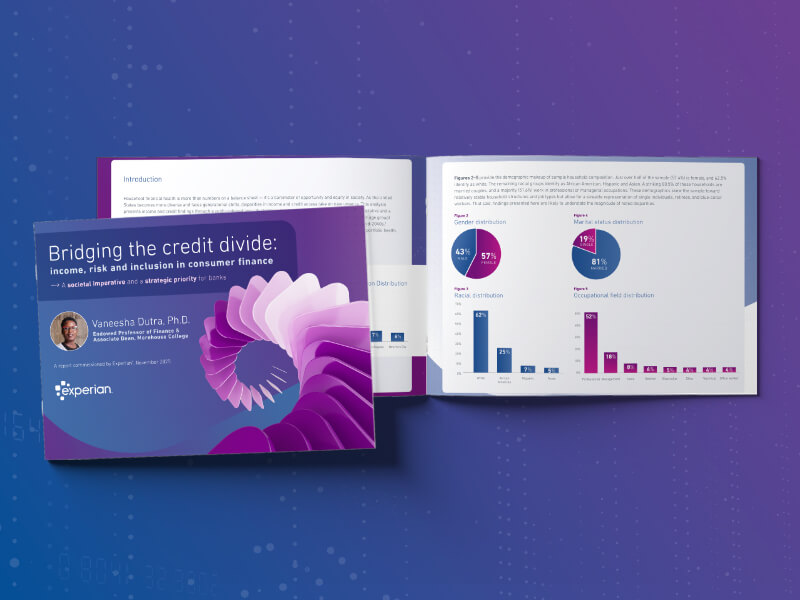 White Paper
White Paper
White paper about income and credit trends – across gender, household dynamics, ethnicities and generational shifts. These new findings explain why closing the credit gaps is a strategic priority for lenders.
Download the white paper to learn about changing demographics across gender, household dynamics, ethnicities and generational shifts.
Learn how pivoting your approach and product offerings may help you broaden your customer base to become leaders in inclusive finance
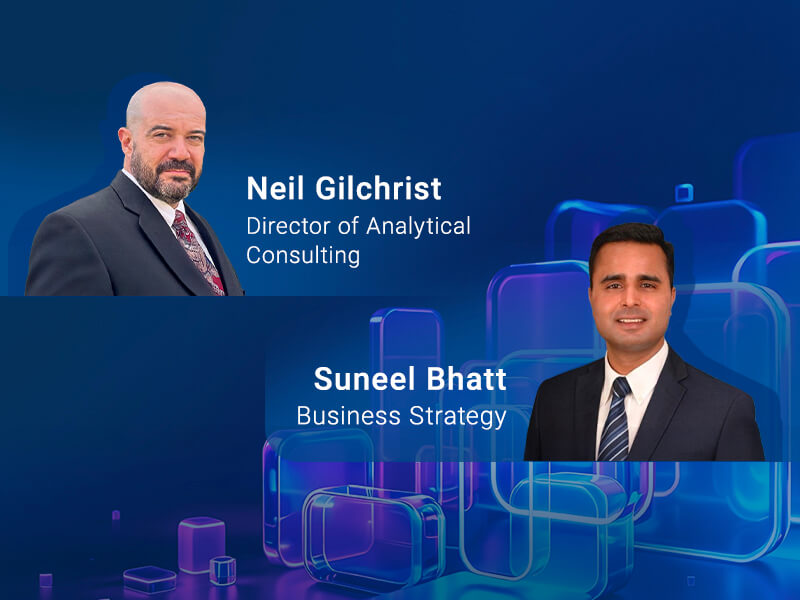 Webinar
Webinar
Improve your credit risk decisions with advanced approaches to validating and optimizing decision trees. Learn how stronger models drive smarter, more consistent outcomes across your portfolio.
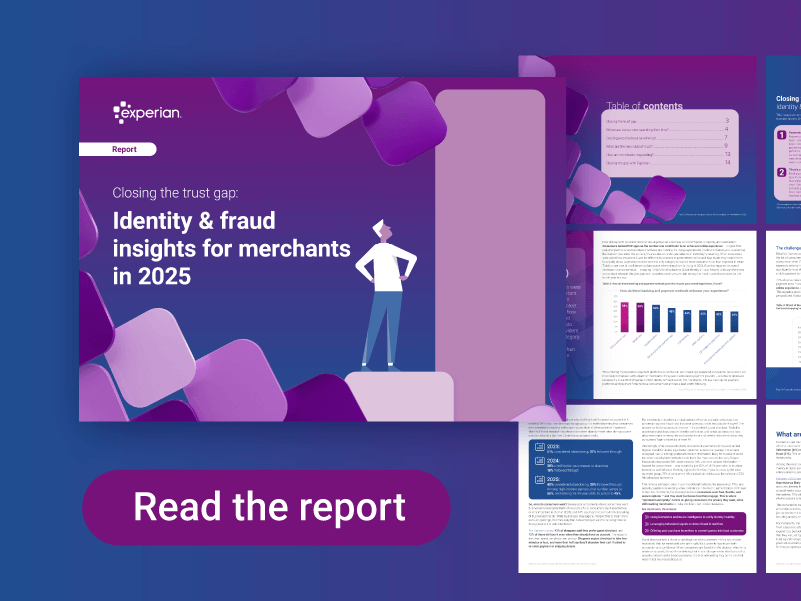 Report
Report
Consumers expect e-commerce experiences to be seamless and secure but, as fraud threats evolve, merchants are struggling to keep pace — and consumers are losing trust in merchants. Drawing on this year’s U.S. identity and fraud insights, this report explores the key factors contributing to the e-commerce trust gap.
You’ll learn:
 Report
Report
The scale of global cyberattacks continues to rise, and 2026 is poised to be the year of AI in cybersecurity.
In our 13th annual Data Breach Industry Forecast, we share our top predictions for the year ahead, including:
Gain insight into the trends shaping the future of data security. Download the full forecast to prepare for what’s ahead.
 Video
Video
Fraud doesn’t happen in silos — and neither should your defense.
Watch this product demo to see how Experian’s connected fraud prevention solution brings behavioral analytics, identity verification and digital intelligence together to:
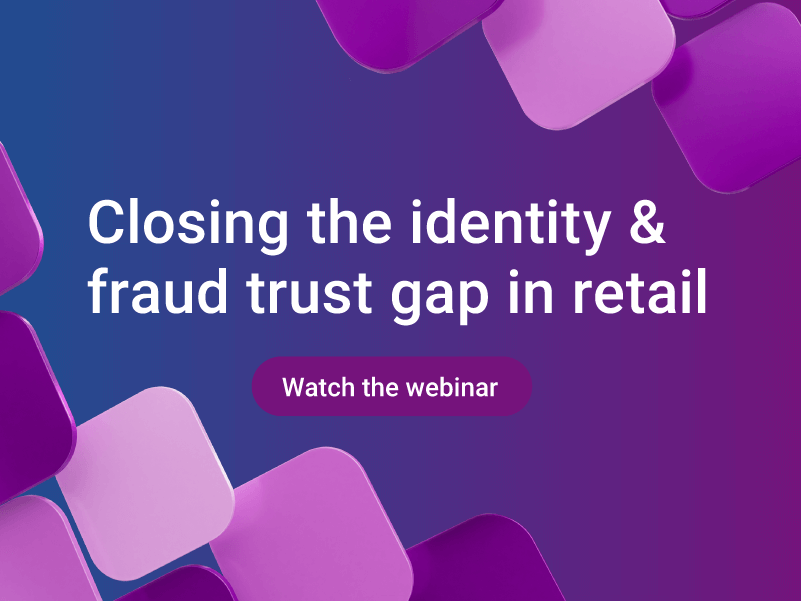 Webinar
Webinar
Consumers expect convenience online, but fraud concerns continue to challenge retailers’ ability to deliver frictionless experiences. In this on-demand webinar, you’ll learn:
 Case Study
Case Study
Every lending decision you make relies on data, but what if that data only tells part of the story? Download our use case to meet two borrowers, Claudia and John, and discover how alternative data can help you: